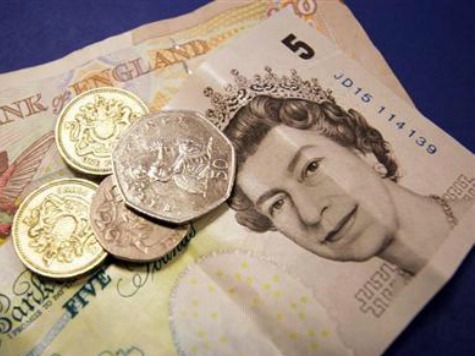
Bank of England lending has slipped back, UK house prices are growing, Eurozone GDP could be revised down further, the European Central Bank will decide on interest rates and the US will release its latest employment figures.
Mon 2nd June, Bank of England lending data:
Consumer credit expands by £670 million- £130 million less than forecast and £360 million less than last month.
Unsecured lending to consumers has remained largely flat for the last few months and yesterday’s Bank of England figures showed that it has slipped back since last month. It could have something to do with the fact real incomes are still declining against RPI inflation or the fact that consumers are struggling to manage already high levels of debt.
Either way, given how reliant the British recovery has been on consumer spending and the recovery in the housing market, any sign that consumer borrowing could judder to a halt before the election in 2015 will be sure to make George Osborne a very nervous man indeed.

Tue 3rd June, UK Nationwide house price survey
It is forecast that house prices in the UK will continue to grow at a rapid pace of 10.9 percent. That said, it is predicted that the month-on-month rise will be less than the previous month and mortgage approvals are showing signs of slowing down. It’s not inconceivable that the actual figure may fall shy of forecasts and start showing signs that UK property price rises could be set to slow down.
Wed 4th June, Eurozone GDP
Eurozone GDP is forecast to grow at a pace of 0.9 percent for the year according to the last estimate, although this may be revised down again having already been revised down from 1.1 percent. Another downward revision would put real pressure on the European Central Bank to ease monetary policy ahead of their meeting on Thursday.
Thurs 5th June, European Central Bank decision on interest rates
With Eurozone interest rates scrapping along the bottom and potentially moving into deflationary territory, it seems as though the dam has finally burst as pressure has built on the ECB to act. Economic growth figures on Wednesday could hammer home the case for the ECB the inject liquidity in to the system, although it is more likely they will stop short of quantitative easing and instead introduce a negative deposit rates forcing banks to withdraw excess reserves at the ECB. This will likely hit savers in Europe even harder as banks will likely pass on the cut by also slashing any returns (meagre though they already are) on any deposits at their banks.
Fri 6th June, US unemployment figures
Nonfarm payrolls are expected to increase at a lower level (218,000 versus last month’s 288,000 gain) and unemployment is forecast to rise to 6.4 percent from 6.3 percent. With the housing market showing signs of a slowdown, First Quarter GDP having contracted by 0.1 percent and companies reducing inventory purchases, the US could well be entering another rocky patch.
Remember, this is the third attempt the Federal Reserve has had at reducing Quantitative Easing and they have turned the money tap back on each time. Could this be another abortive attempt to wean the economy off Quantitative easing?

COMMENTS
Please let us know if you're having issues with commenting.